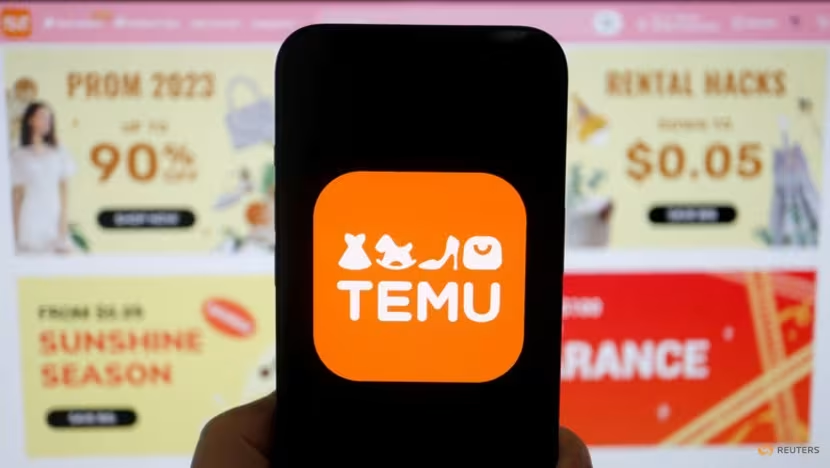A few years ago, I asked a colleague in my then company to send a message to a certain Mr 林 in Taiwan.
With the Singaporean efficiency, the colleague immediately started typing: “Dear Mr Lim”…
“Wait,” I said. “I think you got the person’s name wrong.”
Lim?
林, literally meaning “forest”, is one of the most common family names in Southern China.
In Singapore, where more than half the ethnic Chinese are of Hokkien or Teochew descent, 林, spelt “Lim” according to Hokkien & Teochew dialects, is the second most common name.
According to a 2000 (yeah I know it is old but still) statistic, 6.6% of Singaporean Chinese carry the surname “Lim”.
So it is not a surprise when she naturally wrote “Mr Lim” to address the gentleman in Taiwan.

Lin?
In Taiwan, where most of the population is Hokkien, 林 is also a very popular family name. According to The Department of Population under Ministry of the Interior, 8.31% of the residents in Taiwan carried this surname in 2016.
However, as mandarin is mandated for government records, 林 is spelt Lin.
So should my colleague write “Mr Lin” instead?
No.
The gentleman, who had been living in Taiwan for decades and spoke fluent Mandarin, is Japanese.
So we should address him “Mr Hayashi”.
Hayashi, or 林 in Kanji, shares the same origin (in most cases) as Chinese “Lin”. And it is the 19th most common name in Japan. A variant of Hayashi, Kobayashi (小林 or “small forest”) is the 9th most common name in Japan.
The name 林 is also spelt Lam in Cantonese, Liem by Indonesian Chinese, Lâm in Vietnamese, and Im (or Lim) in Korean.

Cultural exposure
As the world is more and more globalised, many of the businesses we run nowadays are cross border.
Communications across cultures are becoming easier and easier, as you would find more and more of your counterparts in other cultures be more aware of the cultural differences and make attempts to bridge these differences.
However, the differences are there, and it will take decades for all of your counterparts to be perfectly nuanced in cross cultural communications (maybe AI will reach there faster). Miscommunications will happen and trust need to be carefully built (and maintained).
To be effective in running cross-border businesses, a cross-cultural understanding is essential. And more basically, understanding things can be different (such as 林 is not always Lim) is a key advantage for anyone to navigate across cultures.
Making an effort
Making an effort on that is also important. A few years ago, I met with Commissioner Maroš Šefčovič, then on a trip to Asia. After greeting him, he said “Wow, I’ve been in Asia for two weeks, and you are the first person to pronounce my name in the authentic Slovak way.” Ice breaking done!
What I did not tell him then was I had a Slovak colleague sitting right next to me at work, and I quickly checked with him how to pronounce the name Šefčovič prior to the meeting.
Now I am glad (and proud) the team at Momentum Works is a cosmopolitan bunch, with Souheast Asians who have lived in the Middle East or Latin America, and Chinese who have no problems pronouncing “Thiruvanthapuram”.
—
Thanks for reading The Low Down (TLD), the blog by the team at Momentum Works. Got a different perspective or have a burning opinion to share? Let us know at [email protected].








![[Press Release] Southeast Asia’s food delivery spend reached US$17.1B with Vietnam achieving the highest growth](https://i0.wp.com/thelowdown.momentum.asia/wp-content/uploads/2024/01/Food-delivery-platforms-in-Southeast-Asia-2024-_MW_Jan-2024-2.jpg?resize=218%2C150&ssl=1)


![[New Report] Food delivery platforms in Southeast Asia (SEA) 4.0](https://i0.wp.com/thelowdown.momentum.asia/wp-content/uploads/2024/01/Food-delivery-platforms-in-Southeast-Asia-2024-_MW_Jan-2024-2.jpg?resize=100%2C70&ssl=1)
![[New report] Southeast Asia spends US$3.4 billion on modern coffee in 2023](https://i0.wp.com/thelowdown.momentum.asia/wp-content/uploads/2023/11/Coffee-in-Southeast-Asia_MW_Nov-2023-1.png?resize=100%2C70&ssl=1)
![[New report] Apples to Apples 3.0: Benchmarking major tech platforms – what’s next after achieving profitability?](https://i0.wp.com/thelowdown.momentum.asia/wp-content/uploads/2023/09/Apples-to-Apples-3.0_benchmarking-major-tech-platforms_whats-next-after-profitability_MW_Sept-2023-7.jpg?resize=100%2C70&ssl=1)






